Are you a small business owner looking to ship LCL from China to the US but unsure where to start?
Navigating the complexities of LCL shipping can be daunting, yet it’s a cost-effective solution for many businesses. In this comprehensive guide, we’ll explore essential steps for preparing your shipment, selecting a reliable freight forwarder, and understanding the necessary documentation. Plus, we’ll break down costs and transit times to ensure your shipping process is smooth and efficient.
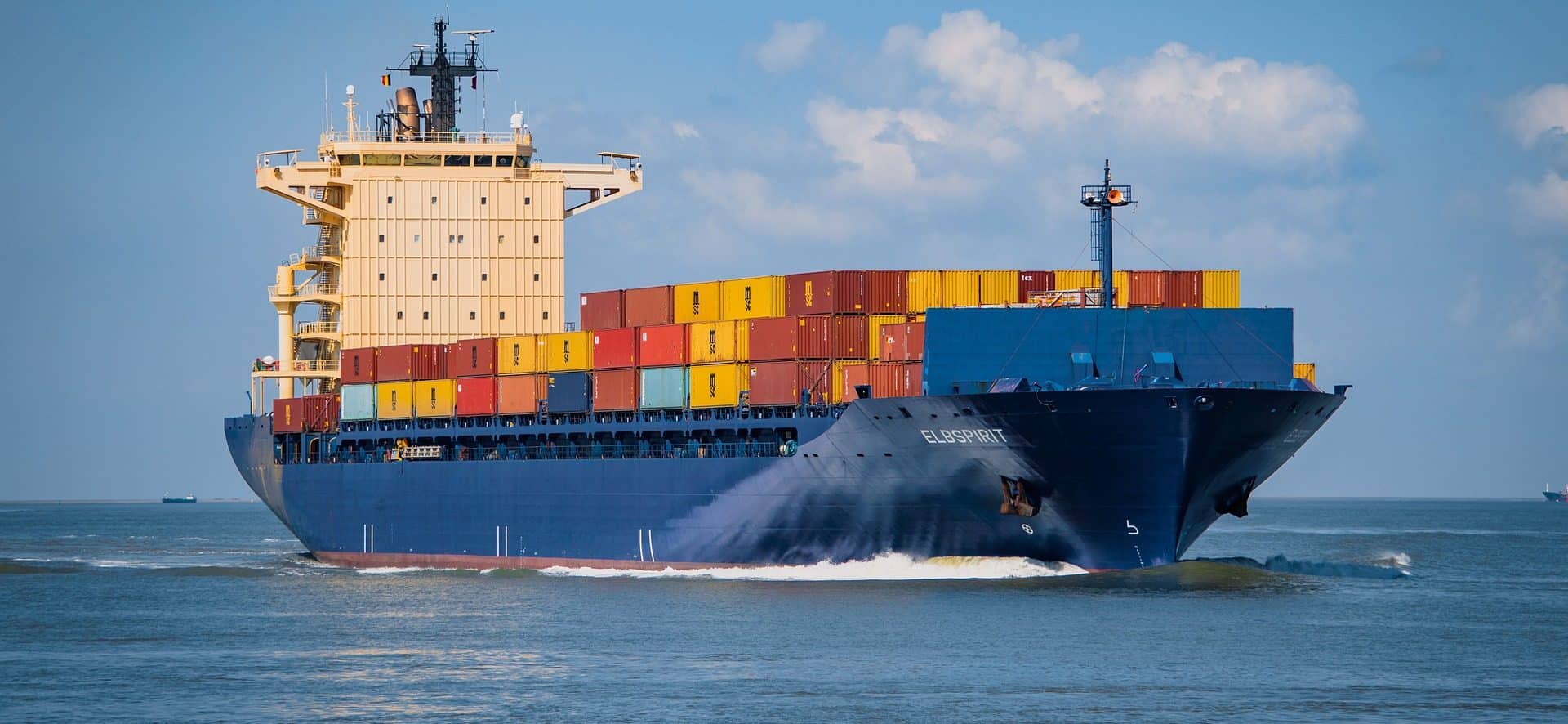
Understanding LCL Shipping from China to the US
What is LCL Shipping and Why Choose It?
LCL shipping, or Less than Container Load shipping, is a freight service where multiple shipments from different shippers are consolidated into a single shipping container. This option is particularly beneficial for small businesses that do not have enough cargo to fill an entire container. By opting for LCL shipping, companies can significantly reduce their shipping costs while still gaining access to global markets.
The appeal of LCL shipping lies in its cost-effectiveness and flexibility. It allows small businesses to ship smaller volumes of goods without incurring the high expenses associated with booking a full container. For example, while a full container load (FCL) may be ideal for larger shipments, LCL shipping provides an economic solution for those looking to import smaller quantities from China to the US.
Choosing LCL shipping can also expedite the shipping process, as multiple shipments can be processed simultaneously. This means that even if your goods are not enough to fill a container on their own, they can still be shipped without delay, facilitating quicker access to the US market.
Benefits of LCL Shipping for Small Businesses
Small businesses can enjoy various advantages when they choose LCL shipping from China to the US:
Cost Efficiency: As mentioned earlier, LCL shipment charges are typically lower than those associated with FCL shipping. This allows small businesses to allocate funds to other critical areas of their operations.
Flexibility in Shipping: With LCL shipping, businesses have the flexibility to ship smaller quantities more frequently, reducing inventory holding costs. This is especially beneficial for businesses that have fluctuating demand or new product launches.
Access to a Broader Range of Suppliers: Small businesses can import goods from different suppliers in China without the need to wait until they accumulate enough freight to fill a container. This increases sourcing options and can lead to better pricing and quality.
Easy Entry into International Markets: LCL shipping simplifies the process of entering international markets. Small businesses can test new products or markets with minimal risk when they can ship smaller quantities.
Consolidation Services: Many freight forwarders, including Dantful International Logistics, offer consolidation services, where they gather shipments from various clients, consolidate them, and ship them together. This service further reduces costs and increases efficiency.
Preparing Your Shipment for LCL
Essential Steps to Prepare Goods for LCL Shipping
Preparing your goods for LCL shipping requires careful attention to detail to ensure compliance with regulations and to minimize costs. Here are the essential steps to consider:
Inventory Management: Start by conducting a thorough inventory of the items you wish to ship. This helps in understanding the total volume and weight, both of which are crucial in calculating LCL shipment charges.
Choose the Right Freight Forwarder: Selecting a reliable freight forwarder like Dantful International Logistics is vital. They will guide you through the entire process, ensuring that your shipment adheres to all necessary regulations.
Label Your Goods: Each item should be clearly labeled with necessary information such as destination address, shipping details, and any handling instructions. Proper labeling speeds up the customs process and reduces the risk of errors during transit.
Complete Necessary Documentation: Prepare all required shipping documents, including the bill of lading, commercial invoice, and packing list. These documents are essential for smooth transit and customs clearance.
Choose the Right Shipping Mode: Decide on the most efficient shipping method based on your time frame and budget. Dantful International Logistics offers multiple freight options to suit your needs.
Packaging Requirements for LCL Shipments
Proper packaging is crucial when preparing goods for LCL shipments. Here are the main packaging requirements to keep in mind:
Durability: Use high-quality packaging materials to protect your goods during transit. This includes sturdy boxes, bubble wrap, and pallets if necessary.
Size and Weight Considerations: Try to package goods in standard-sized boxes. This not only saves space but also helps in optimizing shipping costs. Be sure to weigh and measure your packages accurately to avoid unexpected surcharges.
Containment and Protection: Ensure that items are securely contained within their packaging to prevent movement during shipping. Avoid overpacking, which can lead to damage and increase the risk of delays.
Compliance with Regulations: Ensure that your packaging complies with both Chinese export regulations and US import regulations. This includes labeling for hazardous materials if applicable.
Eco-Friendly Options: Consider utilizing sustainable packaging materials. This not only appeals to eco-conscious consumers but can also enhance your brand image.
By following these steps and guidelines, small businesses can effectively prepare their goods for LCL shipping from China to the US, ensuring a smoother process and promoting successful imports.
In summary, LCL shipping offers a practical solution for small businesses venturing into import markets. The proper preparation, careful selection of freight forwarders, and adherence to packaging requirements will help streamline the process. With companies like Dantful International Logistics offering comprehensive services, small businesses can navigate the complexities of international shipping with confidence.
READ MORE:
- Shipping From China to the USA
- Shipping From China TO Canada
- Shipping From China TO Mexico
- Shipping From China to Panama
- Shipping From China to Costa Rica
- Shipping From China to Brazil
- Shipping From China TO Colombia
- Shipping From China to Jamaica
- Shipping From China to Venezuela
- Shipping From China to Argentina
Finding a Reliable Freight Forwarder for LCL Shipping
How to Choose the Right Freight Forwarder for Your Business
When it comes to LCL shipping (Less than Container Load) from China to the US, selecting the right freight forwarder is crucial for ensuring a smooth shipping process. Here are some key considerations to help you make an informed decision:
Experience and Expertise: Look for a freight forwarder with proven experience in handling LCL shipments specifically from China to the US. An experienced freight forwarder will be familiar with the unique challenges associated with this route, from shipping regulations to customs procedures.
Service Offerings: Ensure that the freight forwarder offers a comprehensive range of services that meet your business needs. This includes not only LCL shipment but also options like customs clearance, door-to-door delivery, and insurance. For example, Dantful International Logistics provides a one-stop solution for global traders, encompassing all essential logistics services.
Reputation and Reviews: Research the freight forwarder’s reputation in the industry. Online reviews and testimonials from previous customers can provide valuable insights into their reliability and service quality. Look for references or case studies that highlight successful LCL shipments.
Transparency in Pricing: A reputable freight forwarder should provide clear and detailed pricing information, including any potential hidden charges. Understanding LCL shipment charges is essential for budgeting your shipping costs accurately.
Customer Support: Evaluate the level of customer support offered by the freight forwarder. Effective communication is vital throughout the shipping process, especially if issues arise. A responsive freight forwarder can provide timely updates and address any concerns you may have.
Tips for Evaluating Freight Forwarders’ Experience and Expertise
To assess the experience and expertise of potential freight forwarders, consider the following tips:
Industry Credentials: Check if the freight forwarder holds industry certifications and memberships in professional organizations. Certifications such as FIATA (International Federation of Freight Forwarders Associations) and memberships in local trade associations can signify a commitment to professionalism and standards.
Specialization in LCL Shipments: Inquire about the freight forwarder’s specialization in LCL shipments. Ask them how many LCL shipments they handle annually from China to the US and their success rates with customs clearance.
Knowledge of Destination Regulations: A knowledgeable freight forwarder should be well-versed in the regulations and requirements for importing goods into the US. This expertise can help avoid costly delays and ensure compliance with customs laws.
Technology and Tracking Tools: Evaluate the technology used by the freight forwarder for shipment tracking and management. Advanced tracking tools can provide you with real-time updates about your shipment’s location and status, enhancing transparency.
Consultation: Don’t hesitate to consult with potential freight forwarders about your specific shipping needs. An experienced forwarder will be able to provide valuable advice on the best shipping options, packing requirements, and documentation needed.
Documentation Required for LCL Shipping from China
Key Shipping Documents You Must Prepare
When preparing for LCL shipping from China to the US, specific documentation is required to facilitate a smooth shipping process. Here are the key shipping documents you must prepare:
Bill of Lading (B/L): This is a crucial document that serves as a receipt for the goods and a contract between the shipper and the carrier. It details the type, quantity, and destination of the goods.
Commercial Invoice: This document outlines the transaction between the exporter and importer, including details such as product descriptions, quantities, prices, and terms of sale. It is essential for customs clearance.
Packing List: The packing list provides detailed information about the shipment, including how the goods are packed, their dimensions, and weight. This document is necessary for both the freight forwarder and customs authorities.
Certificate of Origin: Some goods may require a Certificate of Origin, which certifies where the goods were manufactured. This document may be necessary for tariff classification and duty assessment.
Import License: Depending on the nature of the goods, an import license may be required by US customs. Make sure to check the specific requirements for your products.
Understanding Customs Documentation for US Imports
Navigating customs regulations is a critical aspect of LCL shipping from China to the US. Here are the essential customs documentation elements to understand:
Customs Declaration Form: The US Customs and Border Protection (CBP) requires a customs declaration form to be filed when goods arrive in the US. This form must include details about the shipment, including its value and classification.
Duties and Taxes: Be aware that certain goods may be subject to duties and taxes upon import. Understanding these costs in advance can help you budget effectively for your total shipping expenses.
Harmonized System (HS) Codes: Each product must be assigned an HS code, which classifies the goods for customs purposes and determines the applicable duty rates. Ensure your freight forwarder is familiar with how to classify your products correctly.
Compliance with Regulations: Different products may have specific regulations and requirements for importation into the US. Make sure your freight forwarder understands the nuances of your products to avoid delays at customs.
By carefully selecting a freight forwarder and ensuring that all necessary documentation is prepared, small businesses can streamline their LCL shipping process and facilitate a successful import from China to the US. For professional assistance and to ensure efficiency, consider partnering with Dantful International Logistics, your trusted provider for comprehensive logistics solutions.
Cost Factors for LCL Shipping from China to the US
Breakdown of LCL Shipping Costs: What to Expect
When shipping via LCL (Less than Container Load) from China to the US, understanding the cost structure is crucial for small businesses. The costs associated with LCL shipping can be categorized into several key components:
| Cost Component | Description |
|---|---|
| Ocean Freight Charges | The main fee paid to shipping lines for transporting cargo by sea. Calculated based on weight and volume. |
| Terminal Handling Charges | Fees incurred at the loading and unloading terminals. |
| Documentation Fees | Costs for processing shipping documents, such as bills of lading. |
| Customs Duties and Taxes | Government-imposed fees based on the value of the imported goods. |
| Insurance Premiums | Optional cost to protect goods against damage or loss during transit. |
| Delivery Charges | Fees for transporting goods from the port of arrival to your warehouse or storefront. |
| Warehouse Fees | Charges for storing goods at a warehouse before or after shipping. |
For small businesses, understanding these components will help in budgeting and financial planning for their import activities. It’s also essential to compare rates from various freight forwarders to find the most competitive prices. Dantful International Logistics offers comprehensive and cost-effective LCL shipping solutions tailored for small businesses looking to import from China to the US.
How to Calculate Your Total Shipping Expenses
Calculating total shipping expenses for an LCL shipment can be straightforward if you follow a structured approach:
Estimate the Volume and Weight of Your Goods: Measure the cubic meters (CBM) and total weight (in kg or lbs) of the goods you plan to ship. Shipping costs can vary greatly depending on which metric is higher, as LCL rates often consider the dim weight (dimensional weight).
Request Quotes from Freight Forwarders: Obtain quotes from multiple freight forwarders including Dantful International Logistics. Make sure to ask for a breakdown of costs.
Add Additional Charges: Include terminal handling charges, documentation fees, customs duties, and any other applicable fees provided by your freight forwarder.
Include Insurance: If you opt for insurance, factor in this additional cost to your total expenses.
Calculate Delivery Fees: If your goods will be delivered to your location after arriving in the US, include these costs in your total calculation.
By systematically compiling these figures, you can arrive at a comprehensive estimate of your shipping expenses.
Transit Times and Logistics for LCL Shipping
Average Transit Times from China to the US via LCL
Transit times for LCL shipments from China to the US typically range from 20 to 40 days. This duration can vary based on several factors, including:
- Port of Departure: Major ports like Shanghai, Shenzhen, and Ningbo often have more direct shipping routes to US ports, potentially reducing transit times.
- Destination Port: Ports such as Los Angeles, New York, and Chicago may have different transit times based on shipping line schedules and congestion.
To provide a clearer picture, here’s a rough overview of average transit times based on common port routes:
| Origin Port | Destination Port | Average Transit Time |
|---|---|---|
| Shanghai | Los Angeles | 25-30 days |
| Shenzhen | New York | 30-35 days |
| Ningbo | Chicago | 28-34 days |
Factors Influencing LCL Shipping Transit Times
Several factors can affect the transit times for LCL shipments:
Weather Conditions: Adverse weather can delay shipping schedules and port operations.
Port Congestion: High traffic at either the origin or destination ports can lead to delays in cargo handling and clearance.
Customs Clearance: The efficiency of customs processing at the destination can significantly impact the overall shipping time. Ensuring that all documentation is accurate and complete can help expedite this process.
Shipping Line Schedule: Different shipping lines have varying frequency and reliability in their schedules, which can influence transit times.
Intermodal Transportation: If goods require additional transportation methods (e.g., truck or rail) after arriving at the port, this can add to total transit time.
By understanding these factors, small businesses can better plan their logistics and ensure timely delivery of goods when shipping via LCL from China to the US. Dantful International Logistics provides expert guidance and personalized solutions to navigate these complexities, ensuring a smooth shipping experience.
Final Tips for Successful LCL Shipping
Key Takeaways for Small Businesses Shipping LCL from China
Start Early: Planning your shipment well in advance can mitigate delays and complications. Understand the regulations and prepare documentation ahead of time.
Choose a Reliable Freight Forwarder: Selecting a reputable freight forwarder like Dantful International Logistics will streamline your shipping and customs clearance process. Our expertise in Ocean Freight, Air Freight, and Customs Clearance ensures your shipments are handled efficiently.
Stay Informed on Shipping Costs: Constantly review and compare LCL shipment charges to ensure you are getting the best rates. Utilize tools provided by your freight forwarder to keep track of all costs.
Develop Relationships with Suppliers: Building a good relationship with your suppliers in China can enhance communication, leading to better quality control and issue resolution.
Keep Learning: Stay updated on changes in shipping regulations and best practices. Engage with resources and communities focused on international trade for continuous improvement.
Resources and Tools to Aid Your LCL Shipping Journey
Customs Broker Directory: Leverage directories to find licensed customs brokers in your area who can assist with LCL shipments.
Online Shipping Calculators: Use shipping calculators available on freight forwarder websites to estimate costs and transit times.
Industry News Websites: Follow sites like JOC.com (Journal of Commerce) for the latest updates on shipping policies and market trends.
Freight Forwarder Support: Don’t hesitate to reach out to Dantful International Logistics for assistance and additional resources tailored to your business needs.
Customs Resources: The U.S. Customs and Border Protection website offers comprehensive resources on import regulations, which can be invaluable for businesses shipping LCL.
By understanding the customs clearance process and following these tips, small businesses can effectively ship LCL from China to the US, ensuring timely and cost-effective delivery. For more information about shipping, explore Shipping From China to USA options that suit your business needs.

Young Chiu is a seasoned logistics expert with over 15 years of experience in international freight forwarding and supply chain management. As CEO of Dantful International Logistics, Young is dedicated to providing valuable insights and practical advice to businesses navigating the complexities of global shipping.

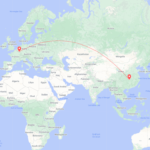
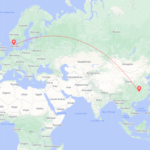


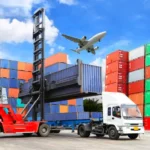
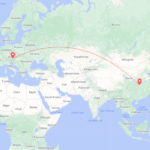
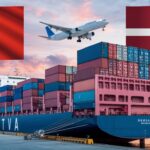



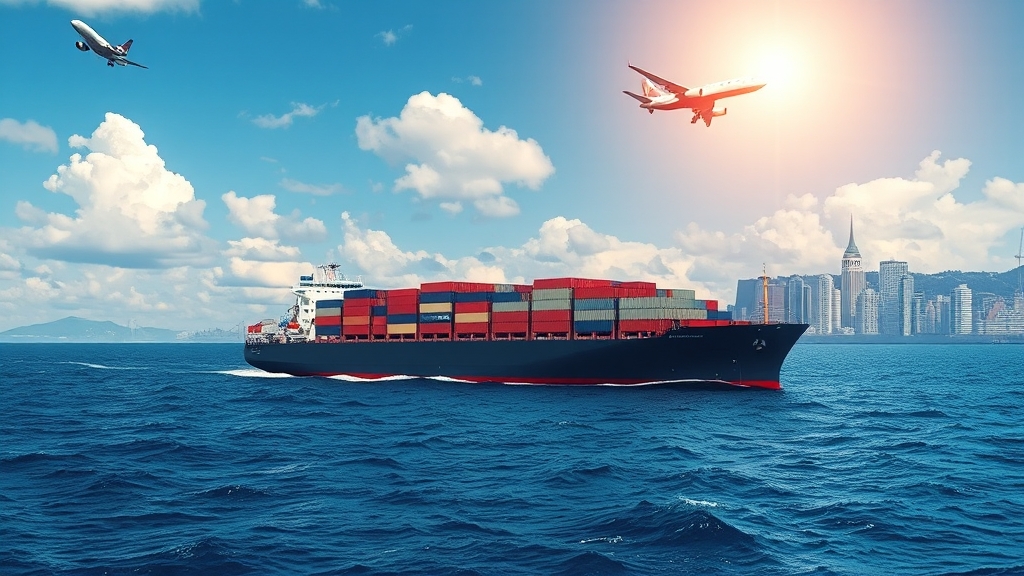

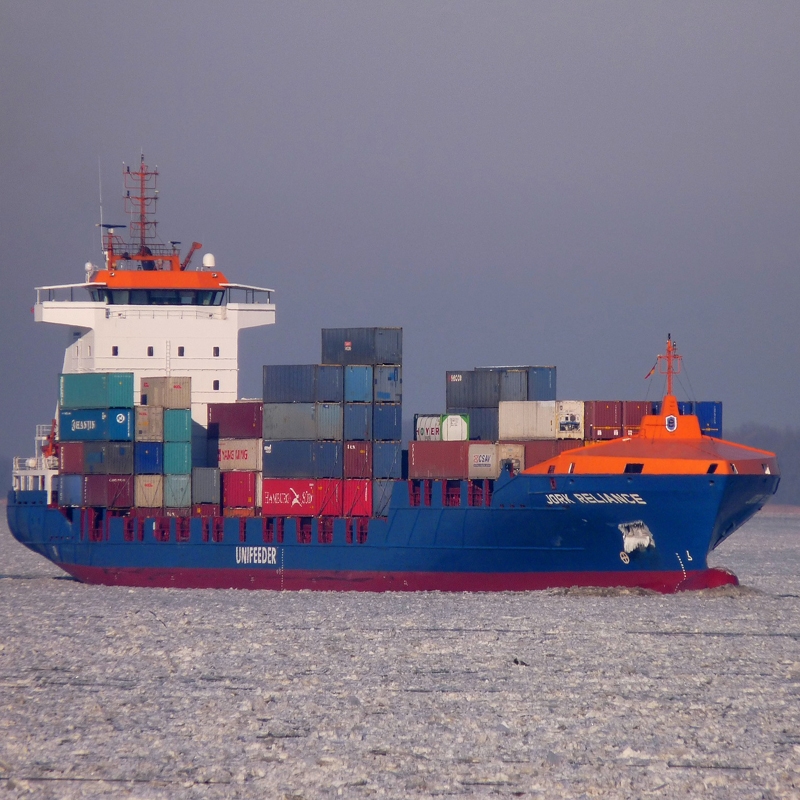
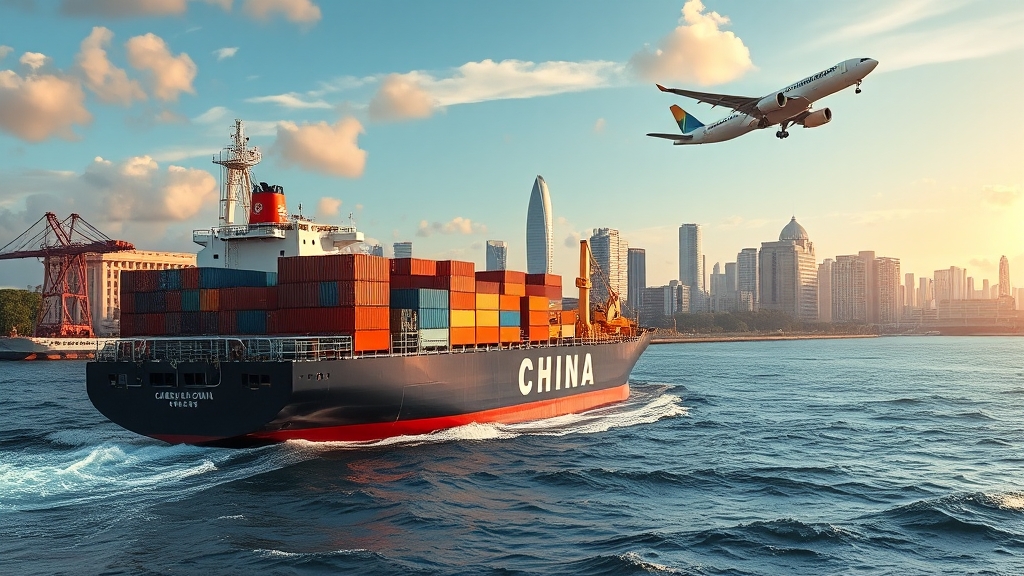
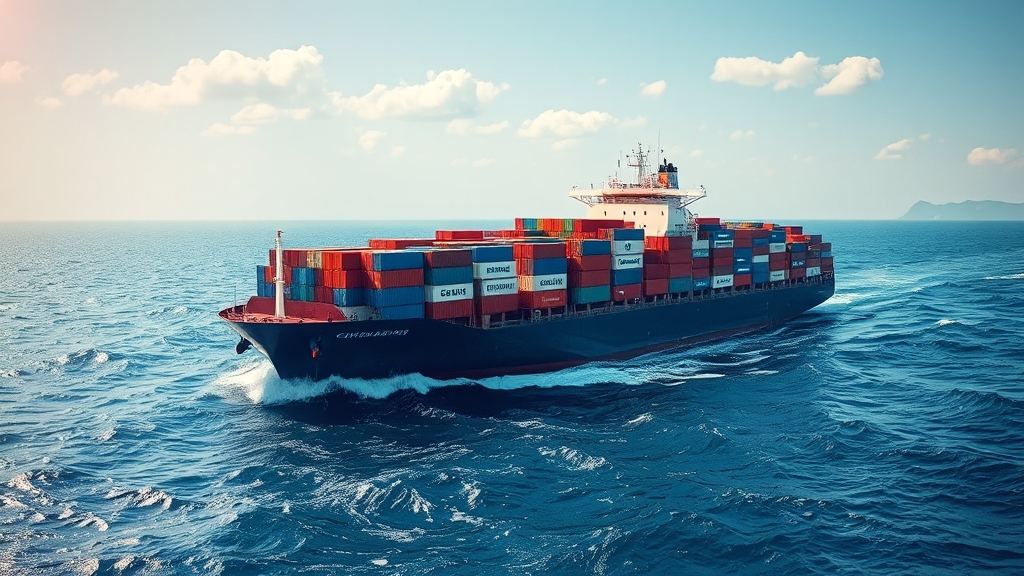
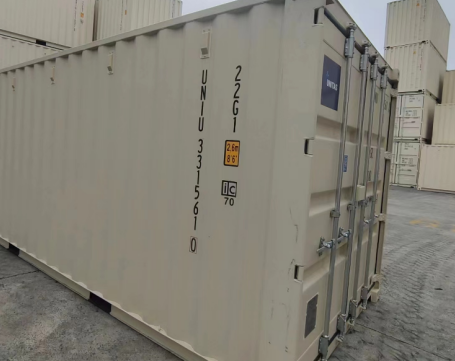
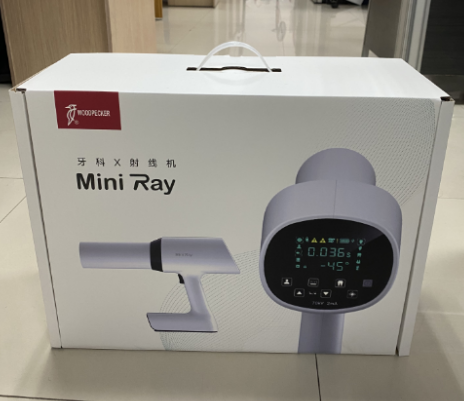
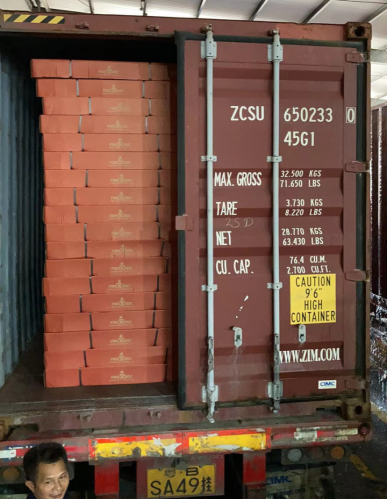
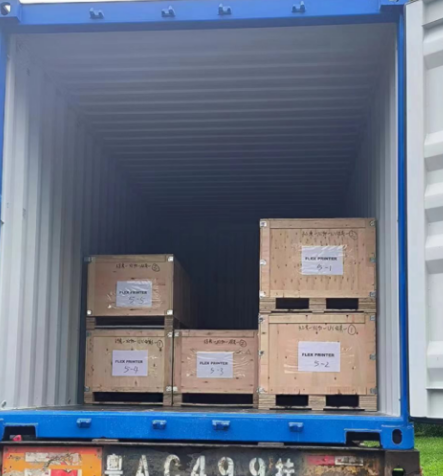
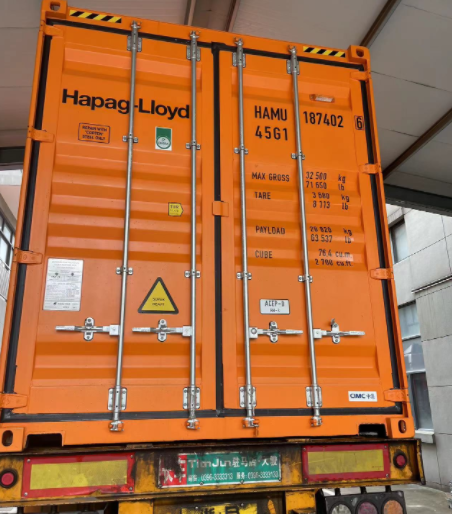
 Afrikaans
Afrikaans Shqip
Shqip አማርኛ
አማርኛ العربية
العربية Հայերեն
Հայերեն Azərbaycan dili
Azərbaycan dili Euskara
Euskara Беларуская мова
Беларуская мова বাংলা
বাংলা Bosanski
Bosanski Български
Български Català
Català Cebuano
Cebuano Chichewa
Chichewa 简体中文
简体中文 繁體中文
繁體中文 Corsu
Corsu Hrvatski
Hrvatski Čeština
Čeština Dansk
Dansk Nederlands
Nederlands English
English Esperanto
Esperanto Eesti
Eesti Filipino
Filipino Suomi
Suomi Français
Français Galego
Galego ქართული
ქართული Deutsch
Deutsch Ελληνικά
Ελληνικά Kreyol ayisyen
Kreyol ayisyen Harshen Hausa
Harshen Hausa Ōlelo Hawaiʻi
Ōlelo Hawaiʻi עִבְרִית
עִבְרִית हिन्दी
हिन्दी Hmong
Hmong Magyar
Magyar Íslenska
Íslenska Igbo
Igbo Bahasa Indonesia
Bahasa Indonesia Gaeilge
Gaeilge Italiano
Italiano 日本語
日本語 Basa Jawa
Basa Jawa ಕನ್ನಡ
ಕನ್ನಡ Қазақ тілі
Қазақ тілі ភាសាខ្មែរ
ភាសាខ្មែរ 한국어
한국어 كوردی
كوردی Кыргызча
Кыргызча ພາສາລາວ
ພາສາລາວ Latin
Latin Latviešu valoda
Latviešu valoda Lietuvių kalba
Lietuvių kalba Lëtzebuergesch
Lëtzebuergesch Македонски јазик
Македонски јазик Malagasy
Malagasy Bahasa Melayu
Bahasa Melayu മലയാളം
മലയാളം Maltese
Maltese Te Reo Māori
Te Reo Māori मराठी
मराठी Монгол
Монгол ဗမာစာ
ဗမာစာ नेपाली
नेपाली Norsk bokmål
Norsk bokmål پښتو
پښتو فارسی
فارسی Polski
Polski Português
Português ਪੰਜਾਬੀ
ਪੰਜਾਬੀ Română
Română Русский
Русский Samoan
Samoan Gàidhlig
Gàidhlig Српски језик
Српски језик Sesotho
Sesotho Shona
Shona سنڌي
سنڌي සිංහල
සිංහල Slovenčina
Slovenčina Slovenščina
Slovenščina Afsoomaali
Afsoomaali Español
Español Basa Sunda
Basa Sunda Kiswahili
Kiswahili Svenska
Svenska Тоҷикӣ
Тоҷикӣ தமிழ்
தமிழ் తెలుగు
తెలుగు ไทย
ไทย Türkçe
Türkçe Українська
Українська اردو
اردو O‘zbekcha
O‘zbekcha Tiếng Việt
Tiếng Việt Cymraeg
Cymraeg יידיש
יידיש Yorùbá
Yorùbá Zulu
Zulu